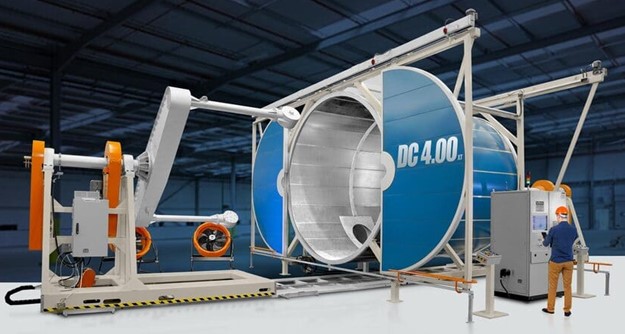Future-Ready Manufacturing With Modern Rotational Molding Techniques
Future-Ready Manufacturing With Modern Rotational Molding Techniques
Blog Article
In terms of innovating the manufacturing process rotating molding, also known as Rotomolding is leading the charge for complex plastic product creation. Over the past 10 years this technique has gained immense popularity due to its ability to produce durable, lightweight, and intricate designs that have exact performance.

Why Is Rotomolding Gaining Traction?
Recent data shows that the global rotational molding market is predicted to increase significantly, with an expected CAGR of more than 5% from 2023 to 2028. This is driven by increasing demand from industries like automotive, agriculture, construction and healthcare, where high-quality and customized parts are crucial.
One major reason to its popularity is its flexibility. The products made by rotomolding vary from huge water tanks to intricate industrial components. Crucially, this process allows manufacturers to create hollow, seamless components which are much more durable to wear and wear. For instance, in the packaging industry the use of rotomolded containers is preferred because of their longevity and resistance to extreme conditions.
Advantages That Stand Out
The precision and flexibility of Rotomolding is a preferred solution for those with complex forms and rigorous specifications. This method is also highly efficient in terms of resources, generating the least amount of waste when compared to other manufacturing processes. Furthermore, it allows the use of a variety of materials texture, finish, and options--including the ability to withstand heat and UV.
The ability to customize is another major benefit. If it's different colors, logos, or specific patterns, rotational molding offers endless possibilities while maintaining superior quality and uniformity. Additionally the costs of tooling for rotomolding are typically lower than injection molding, allowing for an economical edge without compromising the quality of the end product.
A Forward-Thinking Manufacturing Method
The emergence of rotomolding as a process indicates the shift toward greater sustainability. Manufacturers are currently investigating bio-based plastics as well as recycled materials, which will result in less environmental footprints. Its process in itself, which operates at lower pressures and temperatures reduces energy consumption and helps green initiatives which is becoming a requirement in modern industry practices.

Rotomolding simplifies the manufacturing of highly durable and intricate plastic products while offering an affordable, customizable, and sustainable option. Its increasing acceptance across industries around the world highlights its value as a viable option for meeting the modern demands of both consumers and manufacturers.
Report this page